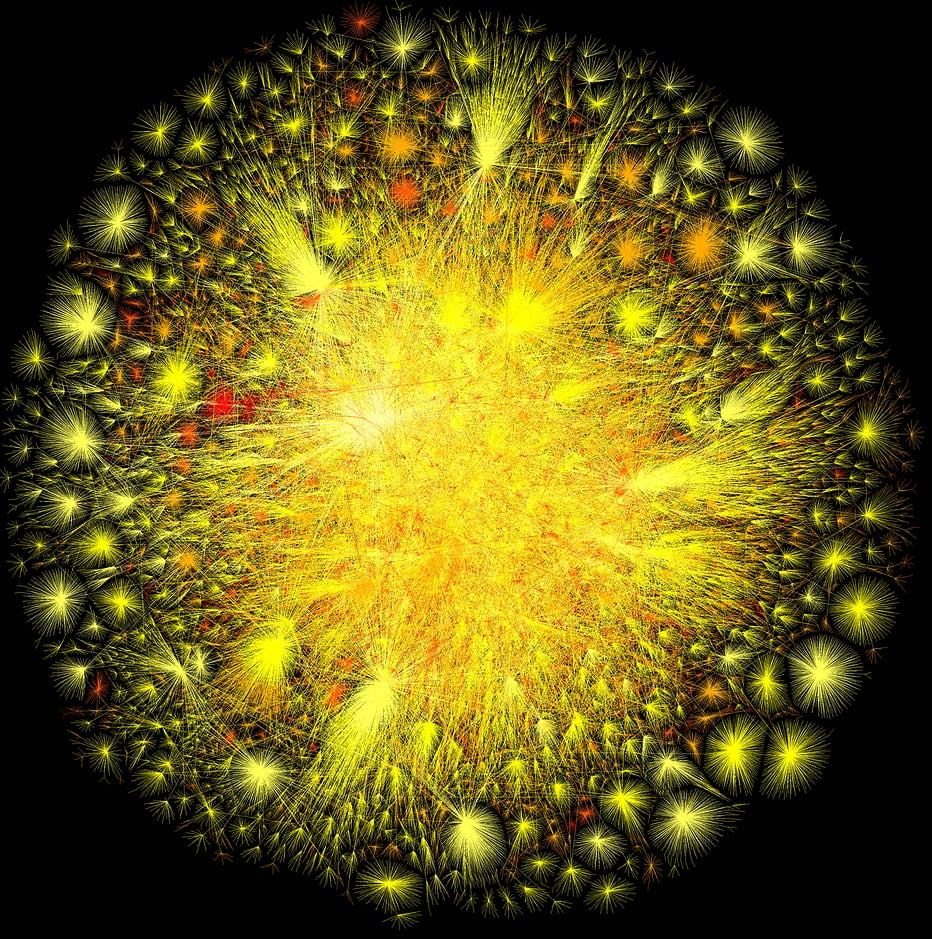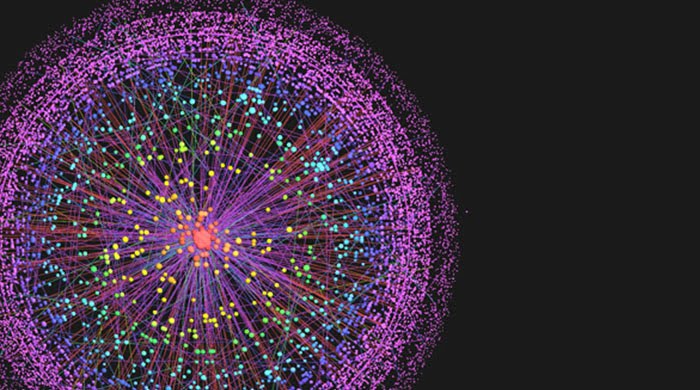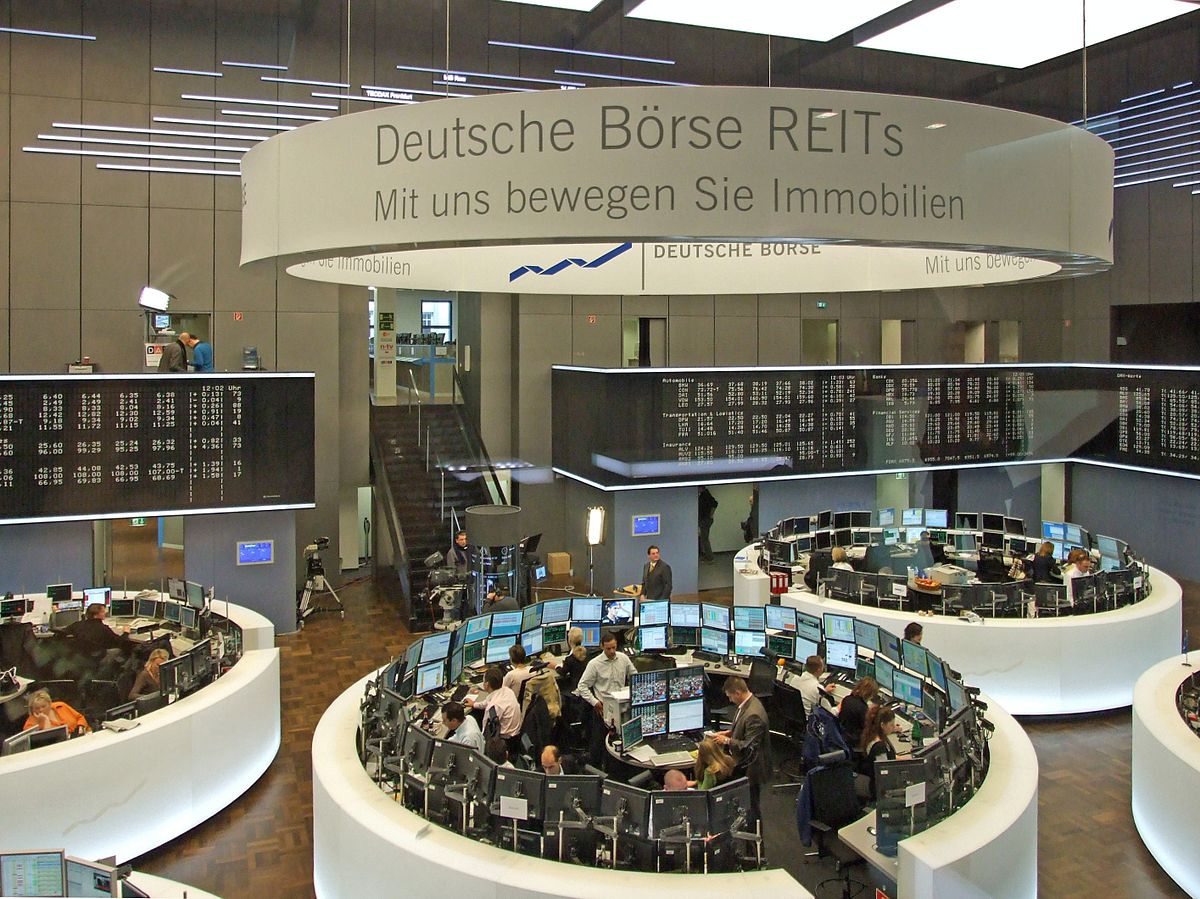Bitcoin. Cryptocurrencies. The dark web. Such terms have been associated with blockchain technology, but they do not convey its potential, which experts are comparing to the birth of the internet.
SEE ALSO: Israeli Startups Protect Against Dire Cyber Attacks
“Blockchain is essentially a data structure,” says Shaul Kfir, the Israeli CTO of Digital Asset Holdings. At Santander InnoVentures’ recent FinTech conference in Tel Aviv, Kfir explained the technology to a crowd of international bankers and (thankfully) used words that most could follow: “From a logical perspective, it’s centralized; we could be a lot of participants looking into one database. But from an infrastructure perspective, the database is distributed – there is no one point that is the administrator,” said the Technion alumnus.
Based in New York, Digital Assets Holdings has recently raised $60 million (that’s their Series A) from the likes of Goldman Sachs and JP Morgan to develop blockchain technology for the financial services sector. The year old startup is one of the hundreds of Israeli FinTech startups that have sprung up in recent years and attracted the attention of international financial corporations, such as Toronto-based D+H, which last year acquired Israeli banking software specialist Fundtech for $1.25 billion.
The proprietary problem
Yet blockchain technology has received particular interest because it could transform the way that banks record transactions, potentially saving them billions of dollars.
If implemented, blockchain systems would record new transactions in the form of digital ‘blocks.’ These non-erasable bits of data would be added to the chain of previous transactions, and that transaction history could be viewed and verified by all participants. In the case of the cryptocurrency bitcoin, which is just one application of blockchain, the shared ledger contains a verifiable digital record of every single bitcoin transaction ever made. The benefit of such “distributed ledger”, says Kfir, is that it “enables multiple different entities to look into one data structure and see one point of truth, as if it were one database in one company.”
SEE ALSO: What is ‘FinTech’ And Why Is Israel So Good At It?
Very nice in theory, but what’s wrong with the databases we currently use? A lot, apparently. Say you want to sell some shares you own. Such a transaction can take seconds if executed on an online trading platform. “Yet, how ironic is it that the settlement of those transactions still lags by days if not weeks?” asks CEO of Digital Asset Holdings, Blythe Masters, at a separate event in Silicon Valley.
What’s holding up the process? Financial institutions process transactions on proprietary systems, meaning that the system in which the buyer purchased the shares is different from that in which the seller released the shares. Three days after the initial transaction, “we find that there is some mismatch between what was recorded by one entity and what was recorded by the other entity,” Kfir explains. “What’s even worse, is that it’s not just a mismatch, you actually don’t know which one is the truth. If it was a mismatch and we knew which one was the truth, we would just pick up the phone and say change the data. But we don’t even have that.”
This Kafkaesque process of settling trades costs banks $50 billion per year, according to a report by Autonomous Research. But more worrying than the costs is the legacy infrastructure itself. “It is centralized, it is protected by perimeter security that is proven subject to repeated breach, and the data contained therein is generally unencrypted,” explains Masters, who until last year, was a senior executive at JP Morgan (possibly still) in line for the position of CEO.
The result of regulation
Sign up for our free weekly newsletter
SubscribeLargely a result of the Dodd–Frank Wall Street Reform and Consumer Protection Act, passed in the wake of the 2008 financial crisis, American banks have become more transparent to regulators, by all accounts a good thing. However, Masters argues, “we’ve created more, larger single points of failure.”
How can large financial institutions protect themselves from data failure or breach? “If you distribute the access to data and their storage to multiple places, where if one network point breaks, the others are there – much like the power of the internet is today – then you have diversified that risk significantly,” Masters says. Given that the security of blockchain technology hasn’t been breached or compromised since its inception in 2008, distributed ledgers have so far proven to be robust.
The internet of finance
Blockchains could potentially save financial institutions up to $20 billion annually, according to a report by Santander InnoVenturers. But moreover, the technology could remove systematic risk in the financial system.
“I would take it about as seriously as you should have taken the concept of the internet in the early 1990s,” Masters insists.

This is the connectivity map of the internet. Will that of blockchains look similar? Photo via The Opte Project
As sharp minded readers, you are probably skeptical, and in particular, about privacy: Why would you want the record of your financial transactions made public?
“We are building it [blockchain] to have one distributed ledger that everyone can publicly validate is consistent with the state it should be in, but only those entities that have permission to see specific pieces of the data, see it,” says Kfir. In other words, we could all agree that the ledger should contain a certain number of transactions, totalling a certain number of dollars, but we wouldn’t know which individual parties were involved. Only the parties themselves would know when and with whom they transacted.
SEE ALSO: Israeli Startups Sell For Whopping $9B in 2015
It’s no surprise then, that the ability of blockchains to be both public and private has attracted the attention of international banks and governments. At a recent gathering in New York, Deborah Hopkins, Chief Innovation Officer at Citigroup, said she is “obsessed” with blockchain, and in an unrelated report, The Bank of England, called blockchain the “first attempt at an internet of finance.”
If blockchain can do for transactions what the internet did for information, it might be the “stroke of genius” that it has been called.
Photos: Rafael Matsunaga; JSIC; Dontworry/Wikipedia Commons; The Opte Project
Related posts

Editors’ & Readers’ Choice: 10 Favorite NoCamels Articles

Forward Facing: What Does The Future Hold For Israeli High-Tech?

Impact Innovation: Israeli Startups That Could Shape Our Future






Facebook comments